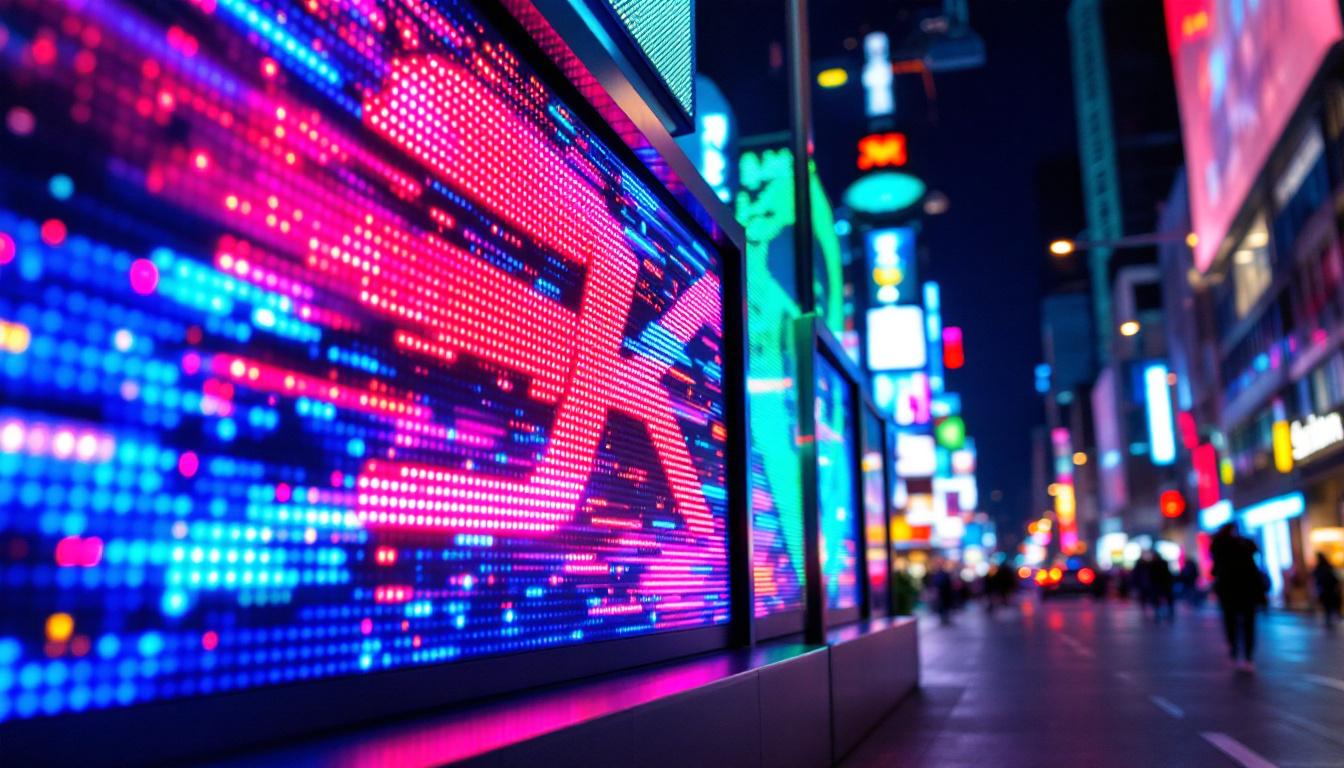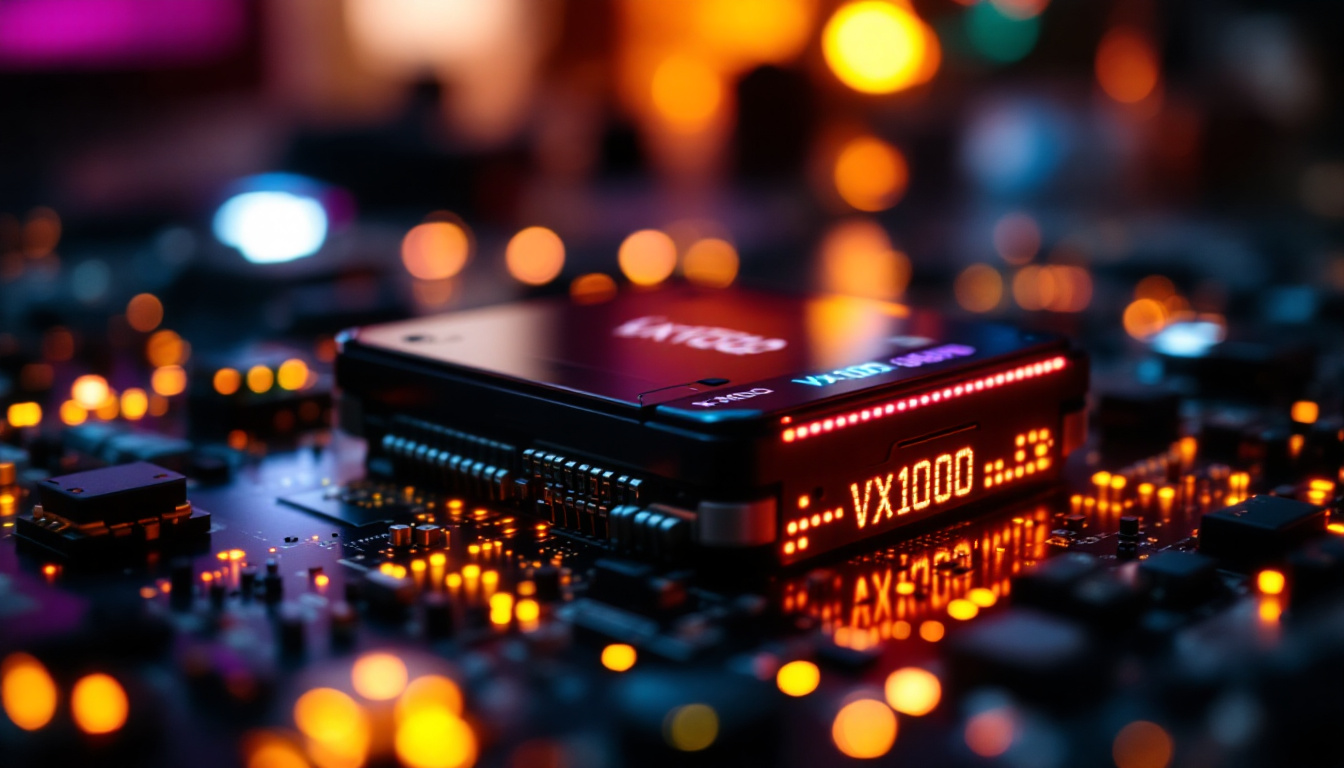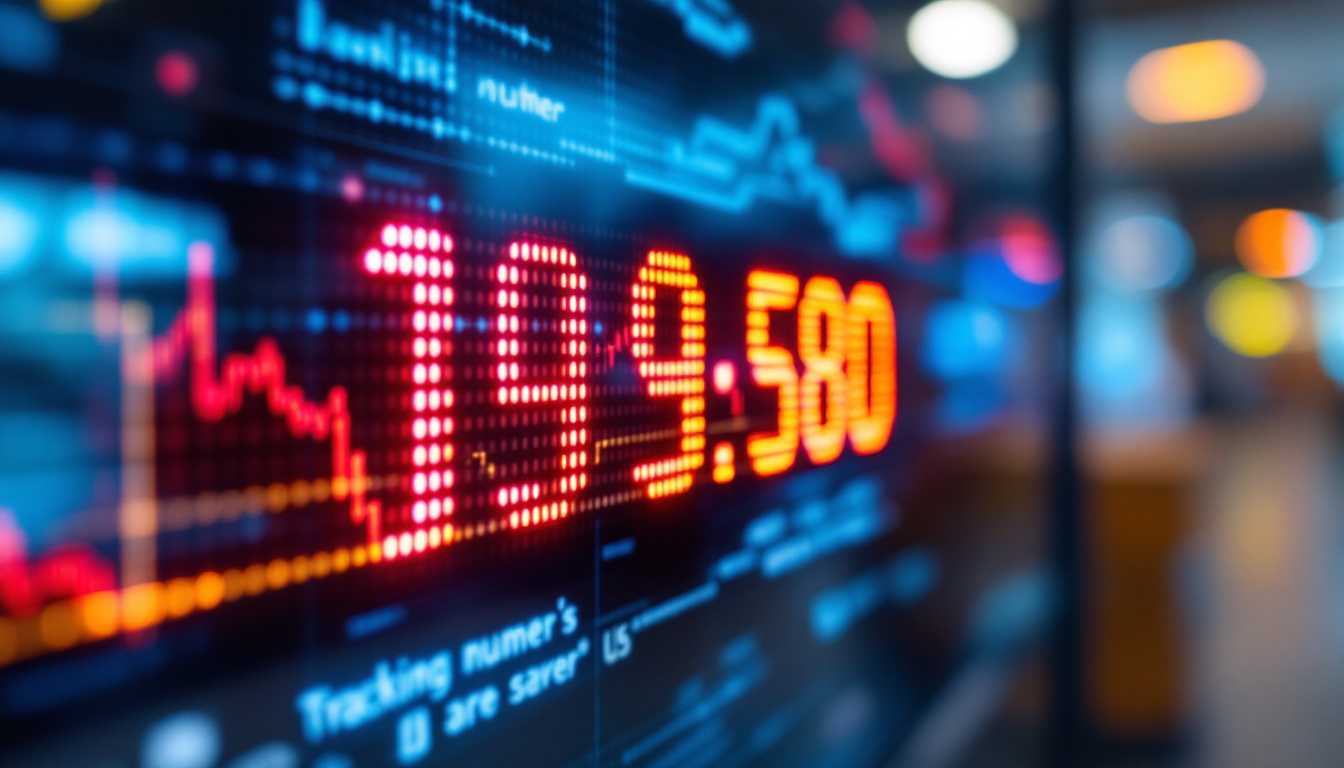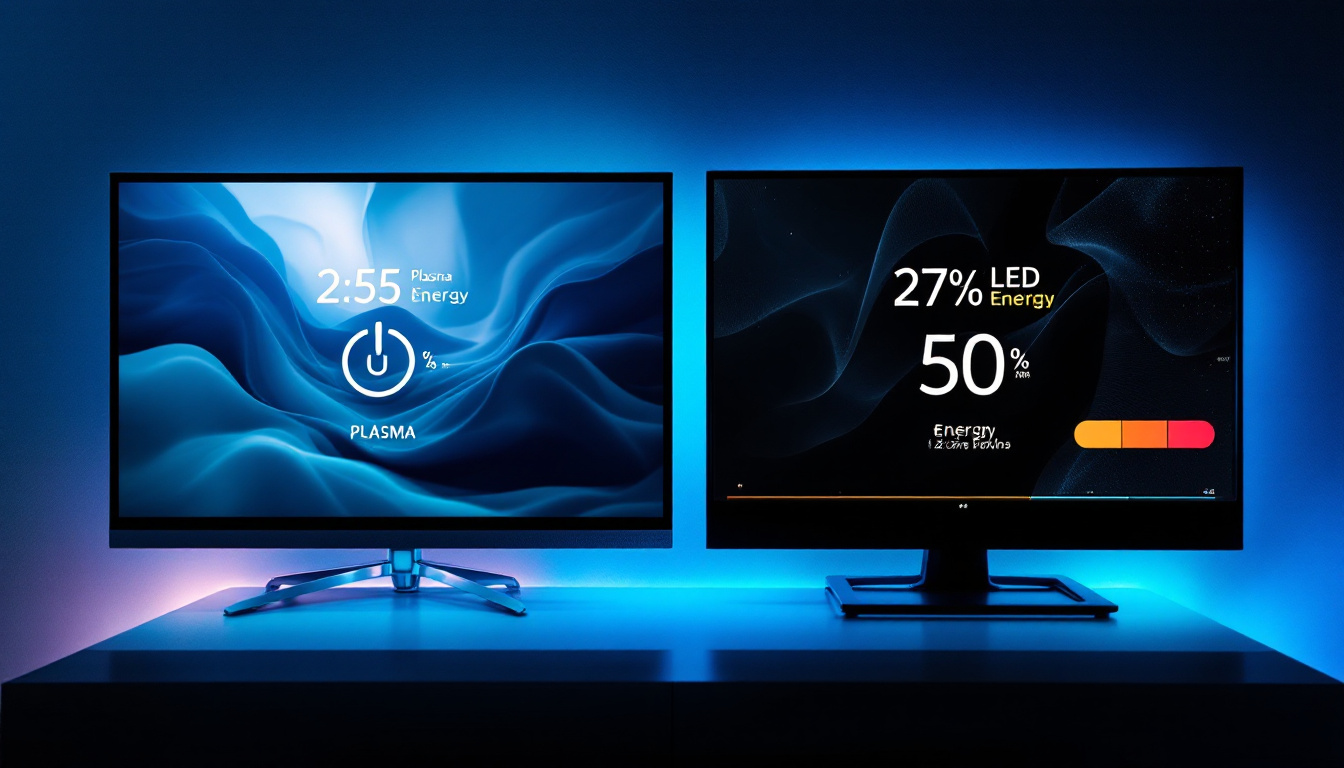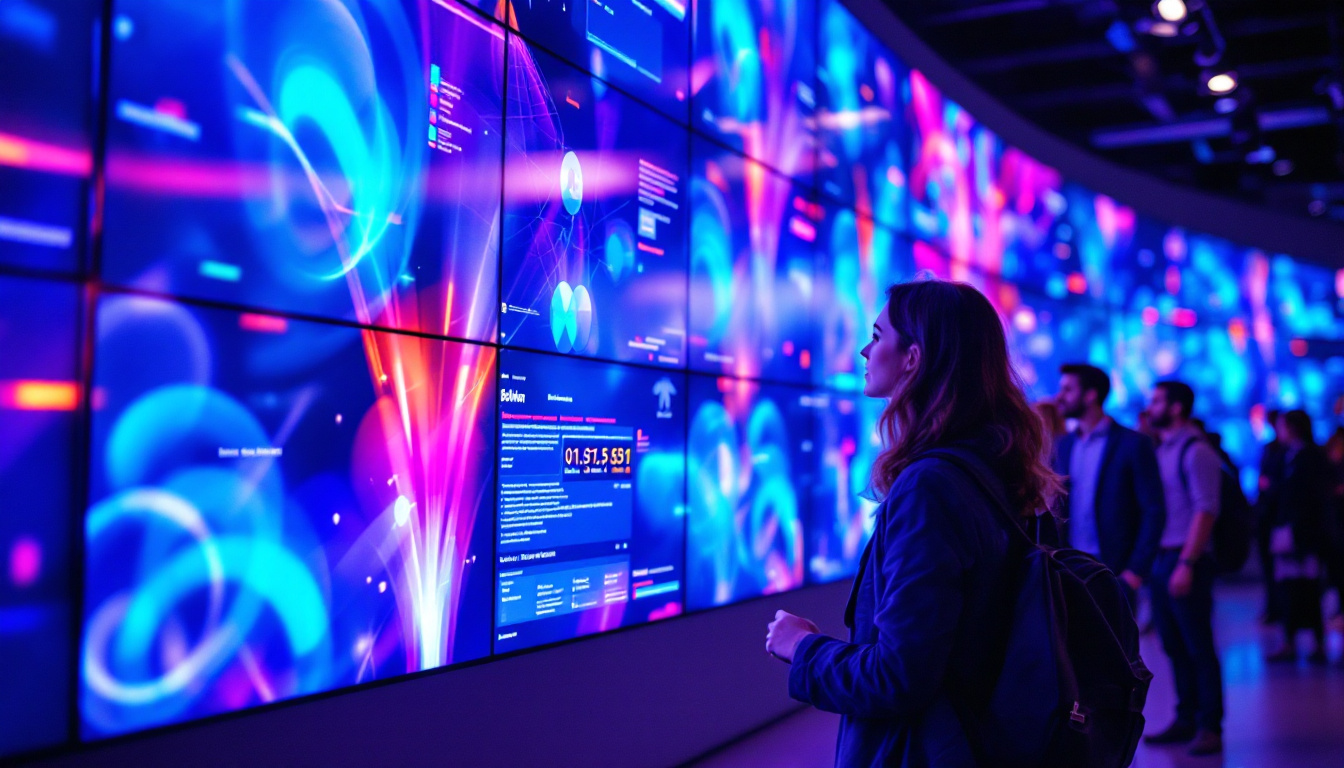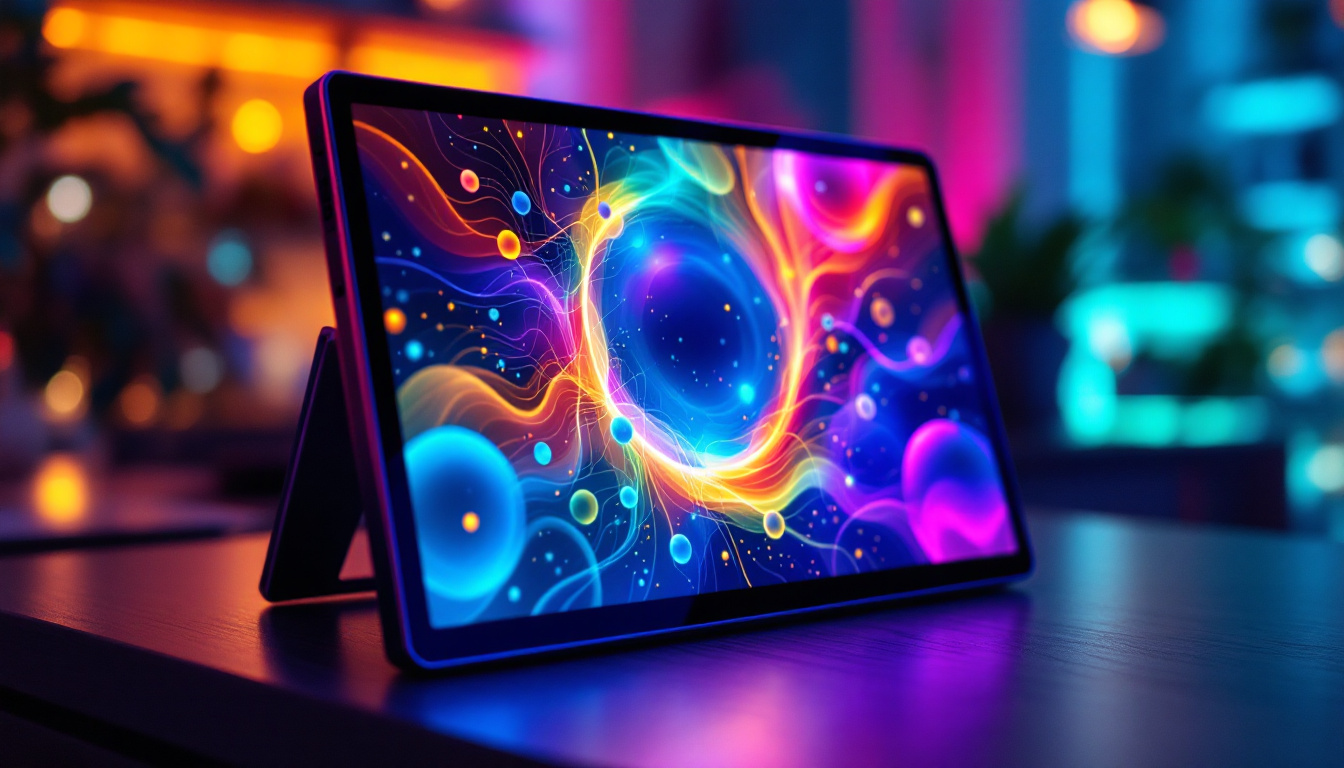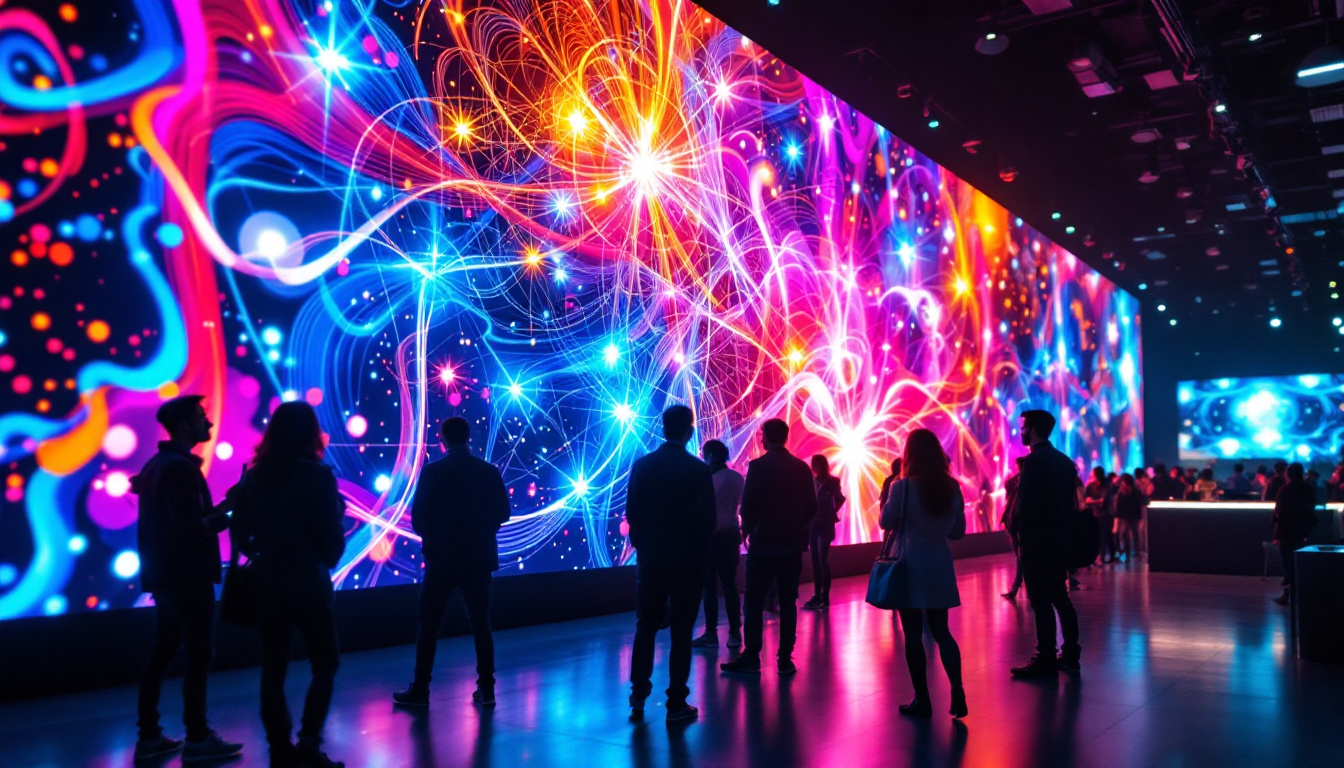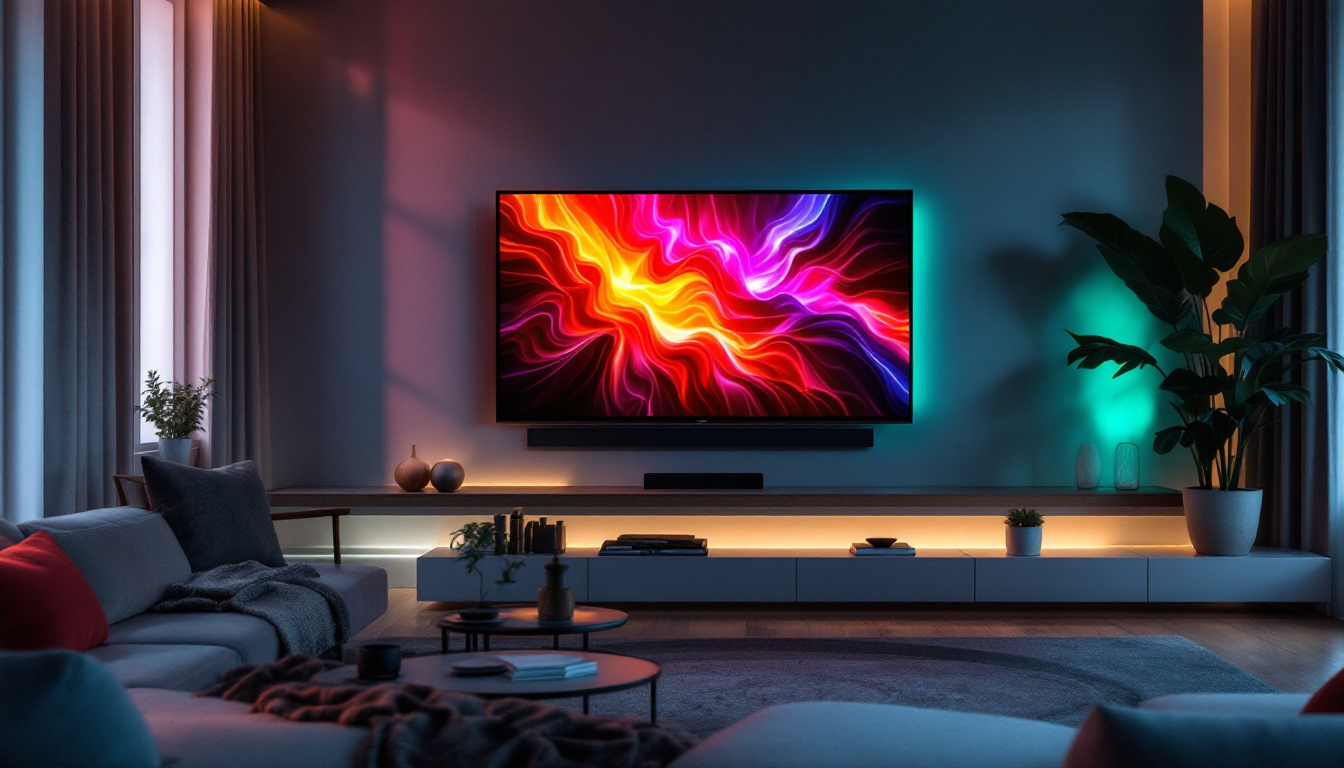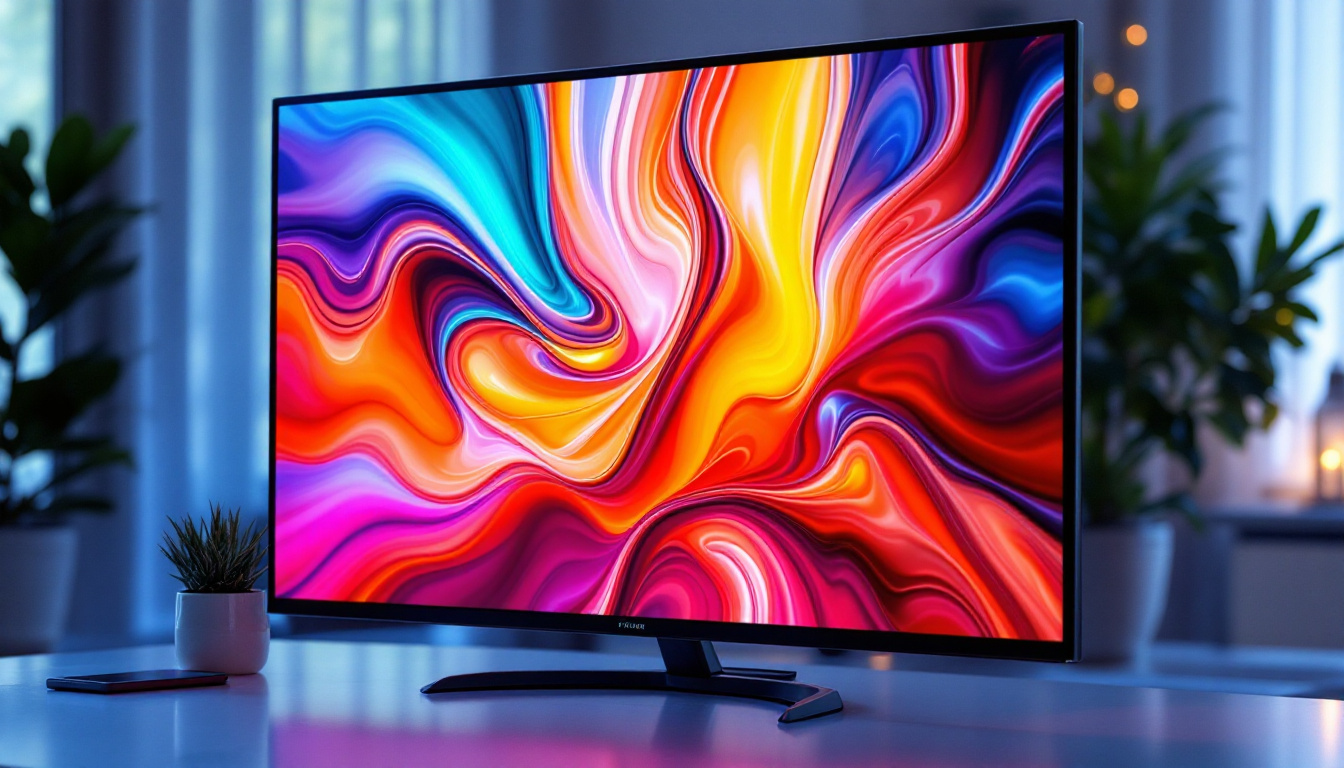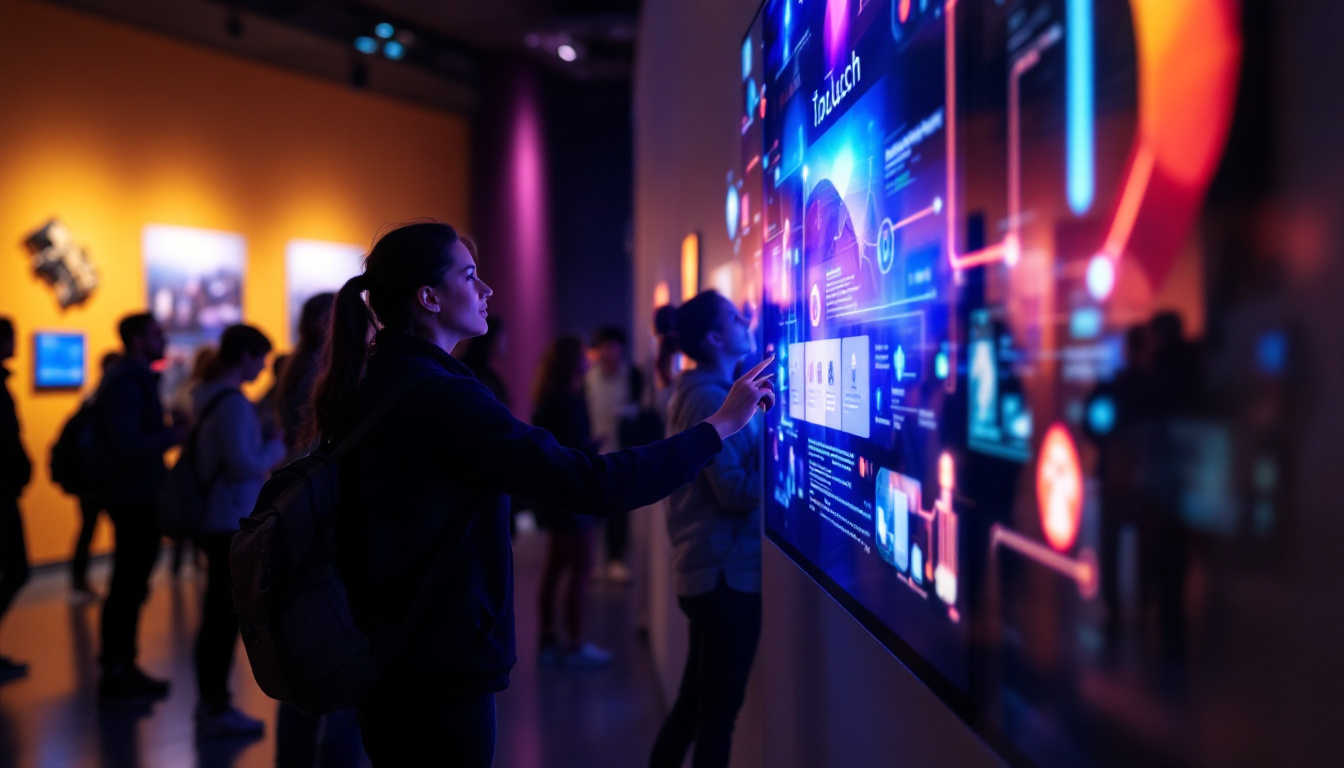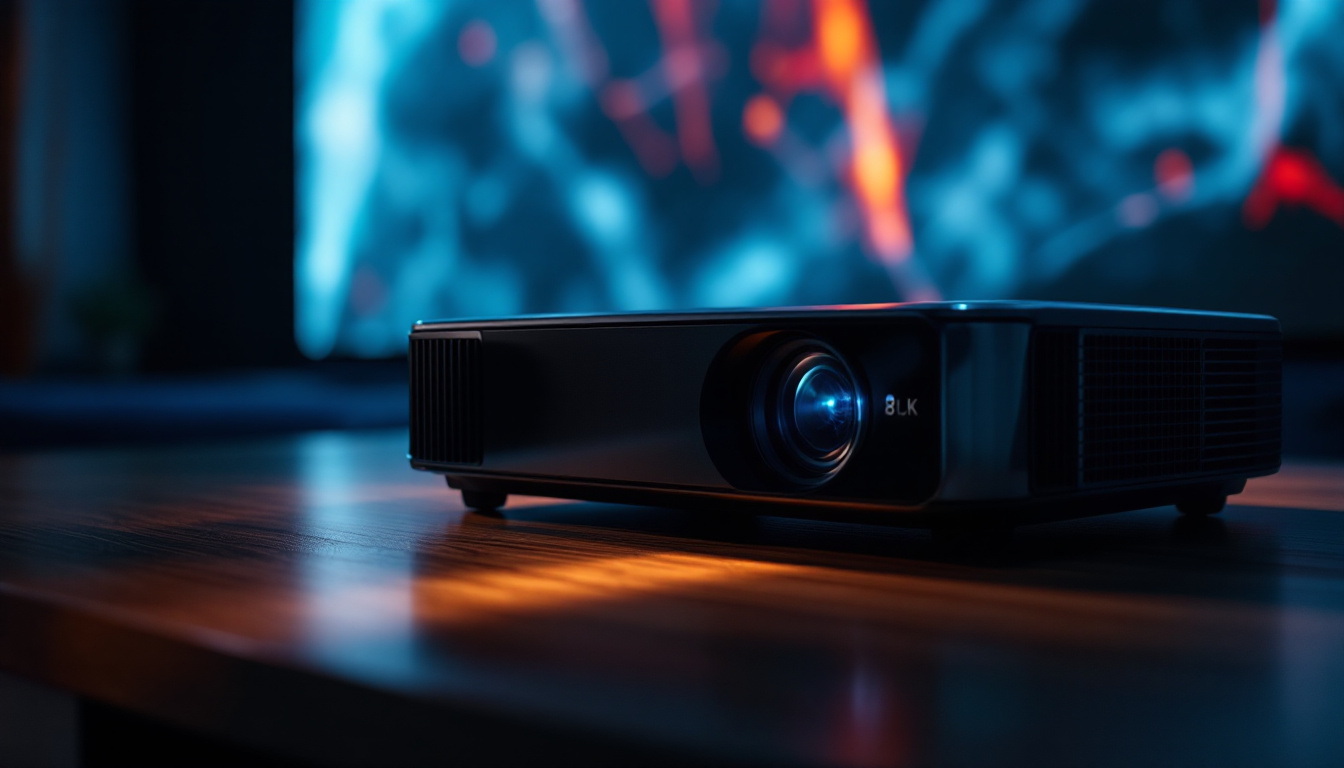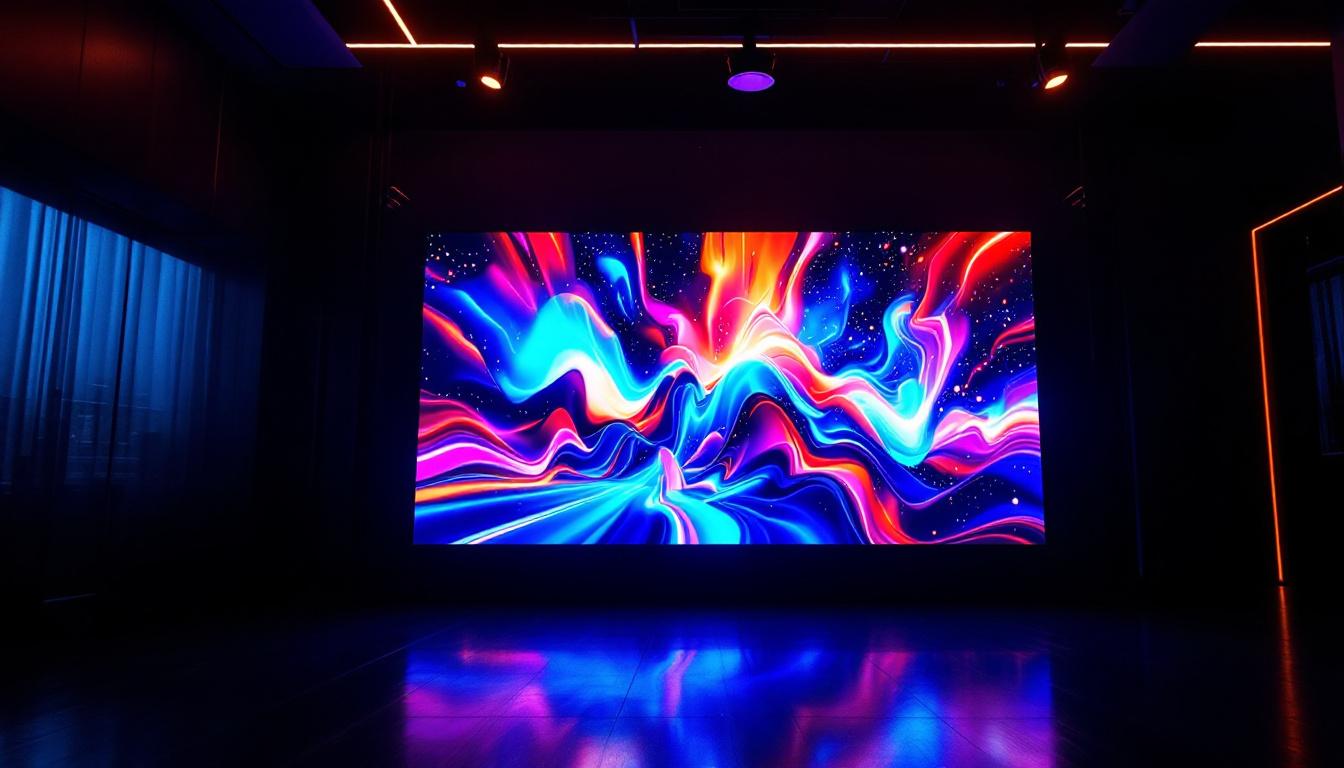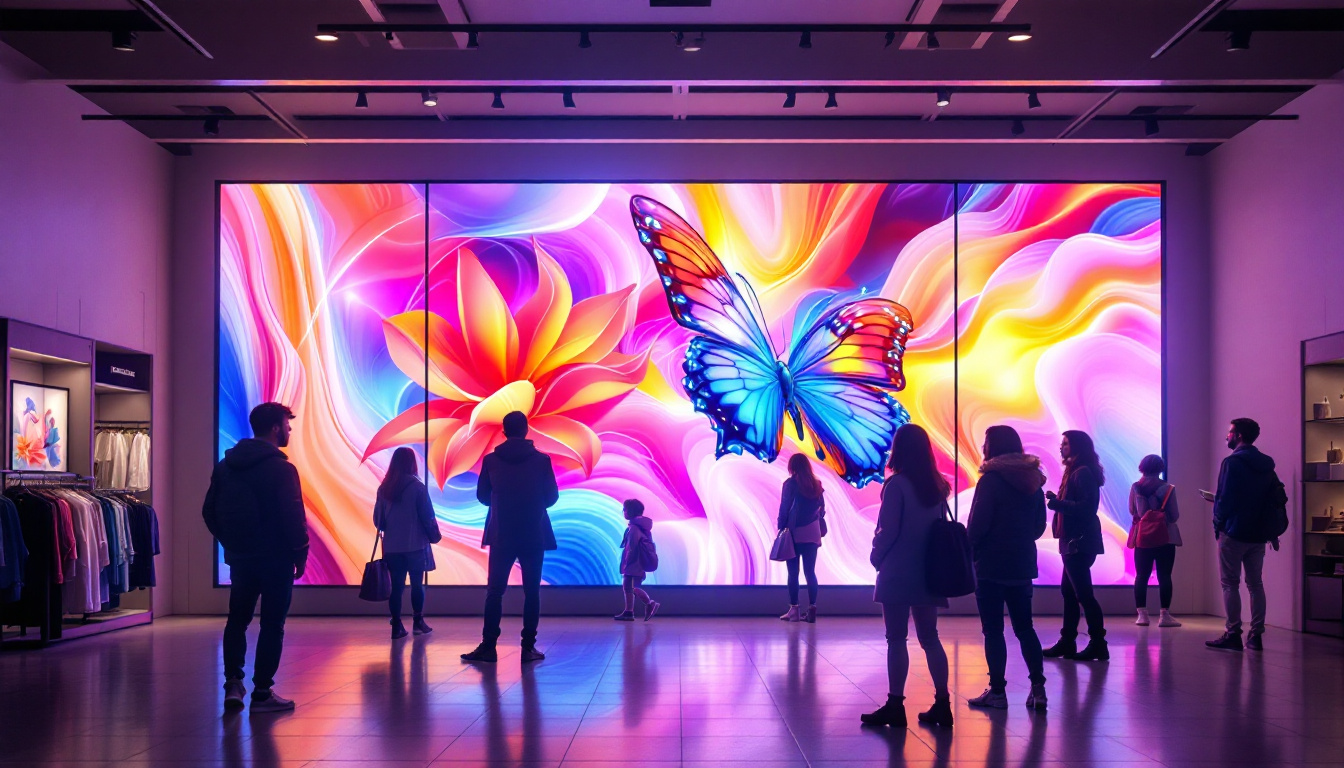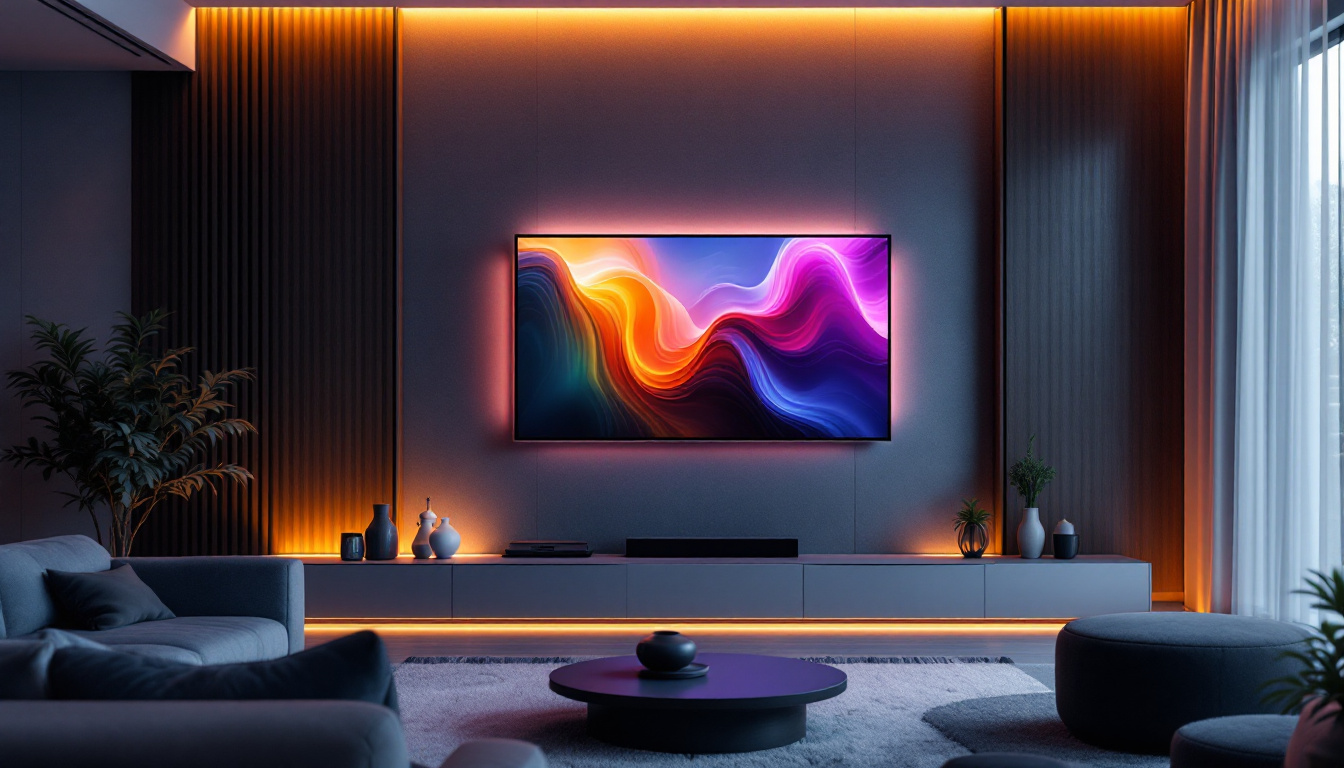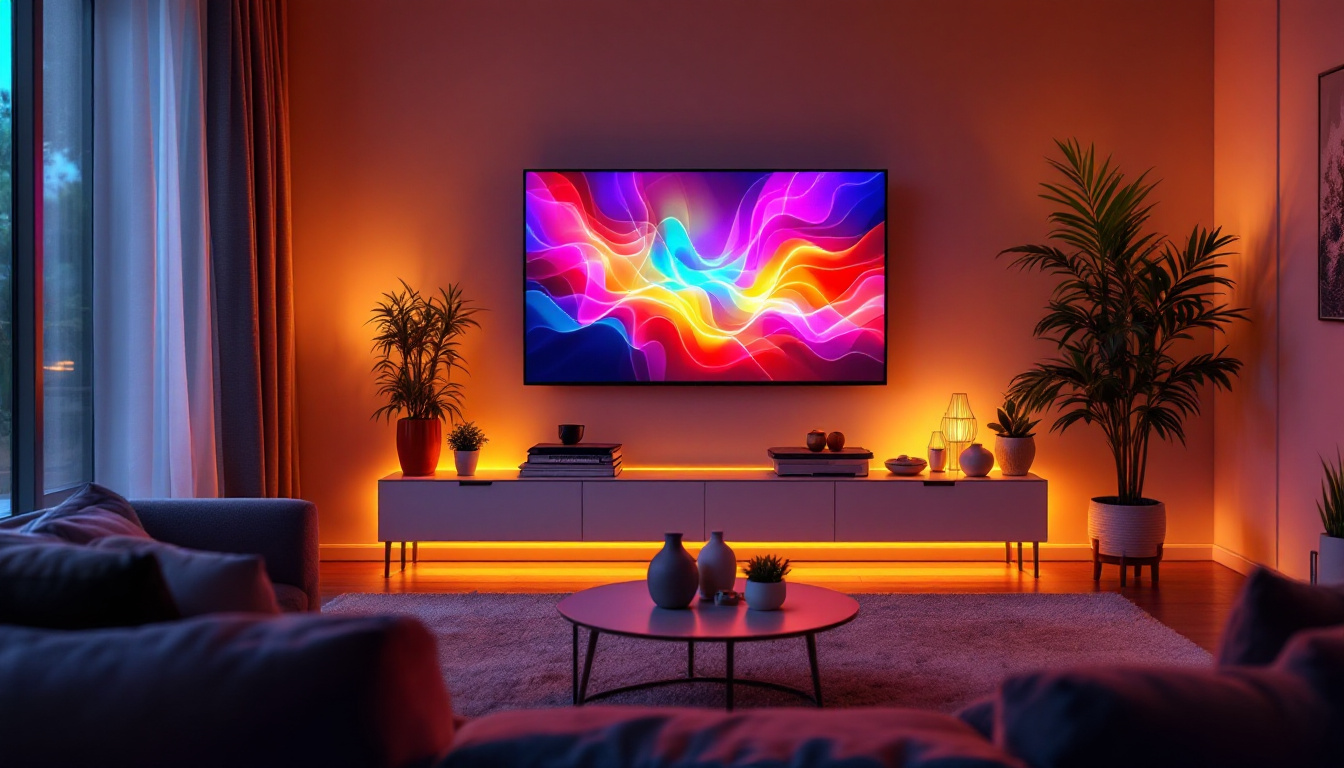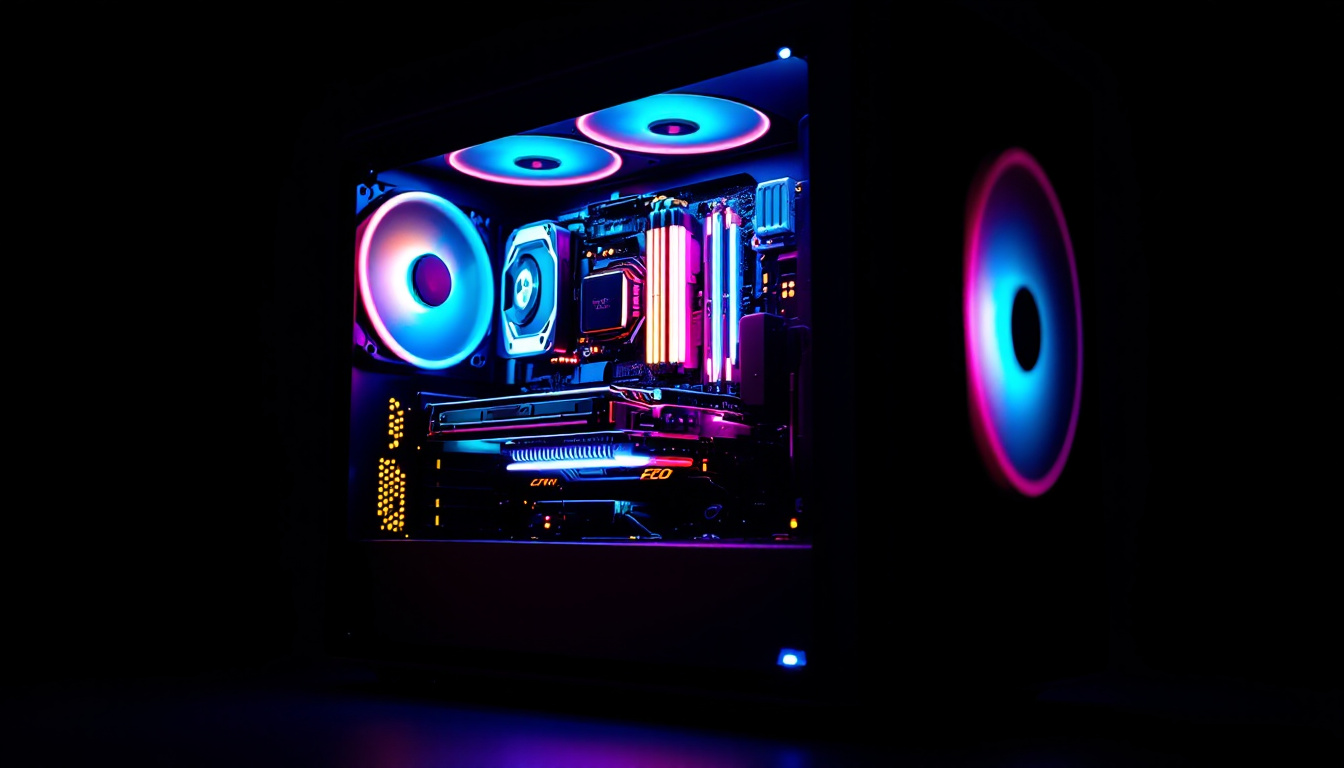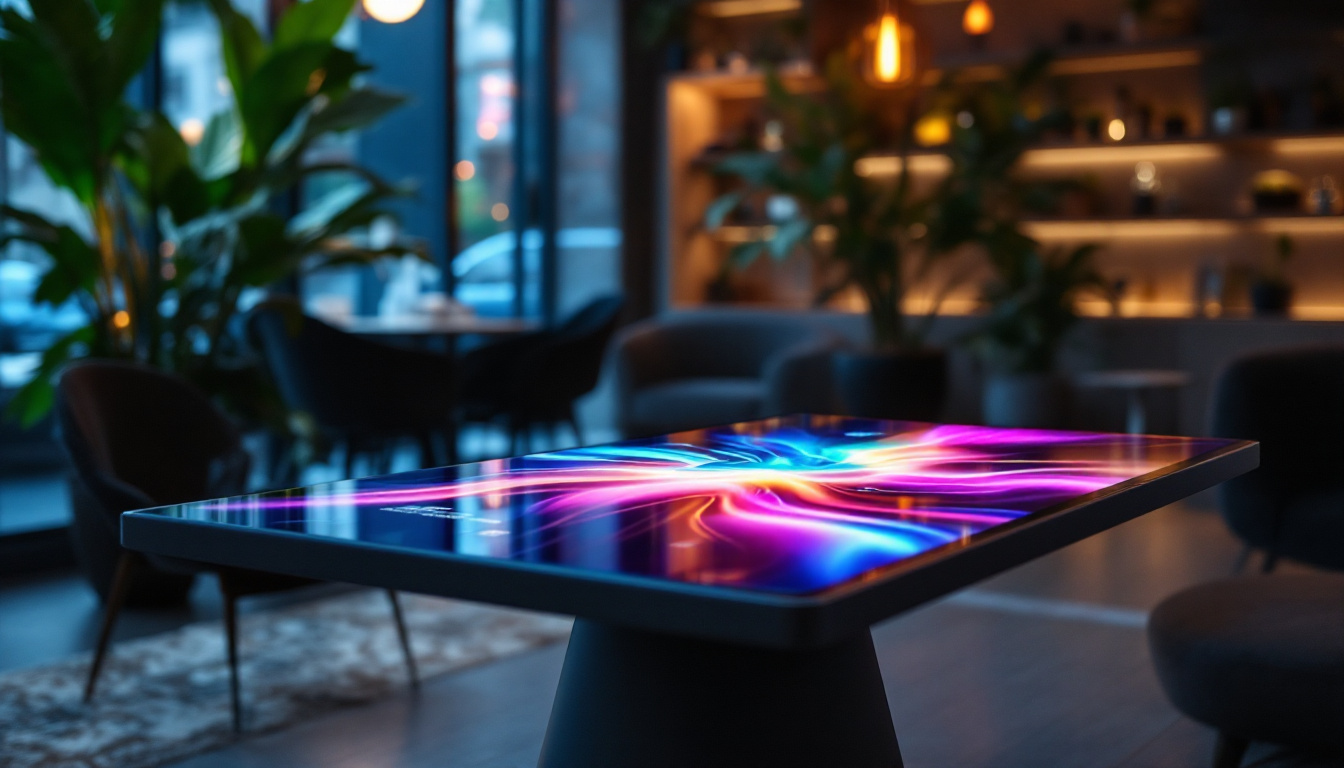In the rapidly evolving world of audiovisual technology, LED displays have become a cornerstone for delivering vibrant, high-quality visual content across various industries. From massive outdoor billboards to sleek indoor video walls, LED displays offer unparalleled brightness, color accuracy, and flexibility. This article delves into the fundamentals of LED displays, exploring their technology, applications, advantages, and considerations for choosing the right LED solution.
Understanding LED Display Technology
What is an LED Display?
LED stands for Light Emitting Diode, a semiconductor device that emits light when an electric current passes through it. An LED display is essentially a matrix of these tiny diodes arranged to form pixels that collectively create images and videos. Unlike traditional LCD or plasma screens, LED displays use these diodes as their light source, which allows for superior brightness and contrast. This capability makes them particularly effective in environments with high ambient light, such as outdoor advertising and stadiums, where visibility is paramount.
LED displays can be categorized broadly into two types: direct view LED and LED-backlit LCD. Direct view LED displays consist of individual LEDs that form the image directly, making them ideal for large-format displays such as stadium screens and digital billboards. LED-backlit LCDs, on the other hand, use LEDs to illuminate an LCD panel and are common in consumer electronics like TVs and monitors. The versatility of LED technology has led to its adoption in various sectors, including retail, transportation, and even art installations, where dynamic visuals can enhance the overall experience.
How Do LED Displays Work?
Each pixel in an LED display is made up of red, green, and blue LEDs. By varying the intensity of these three primary colors, the display can produce a full spectrum of colors. This process is known as additive color mixing. The LEDs are controlled by a driver circuit that adjusts the brightness of each diode to render the desired image. This precise control over color and brightness allows for stunning visual effects, making LED displays a popular choice for concerts, exhibitions, and immersive environments.
One of the key technical aspects of LED displays is the pixel pitch, which refers to the distance between the centers of two adjacent pixels. A smaller pixel pitch means higher resolution and sharper images, making it crucial for applications where viewers are close to the screen. Additionally, advancements in technology have led to the development of flexible and transparent LED displays, which can be integrated into various surfaces and structures, further expanding the creative possibilities for designers and advertisers alike. These innovations are paving the way for a future where LED technology seamlessly blends with our everyday environments, transforming how we interact with visual media.
Applications of LED Displays
Outdoor Advertising and Digital Billboards
LED displays have revolutionized the advertising industry by enabling dynamic, eye-catching digital billboards. Their high brightness levels—often exceeding 5,000 nits—make them visible even in direct sunlight, unlike traditional printed billboards. This capability allows advertisers to change content remotely and frequently, optimizing campaigns in real-time.
For example, Times Square in New York City is famous for its massive LED billboards that deliver vibrant advertisements 24/7. The ability to display video content, animations, and live feeds adds a new dimension to outdoor advertising, engaging audiences more effectively than static signs. Moreover, the integration of sensors and data analytics with these displays allows advertisers to tailor their messages based on the time of day, weather conditions, or even the demographics of the audience passing by, thus maximizing impact and relevance.
Event and Entertainment Venues
Concerts, sports arenas, and theaters utilize LED displays to enhance the audience experience. Large LED video walls provide clear visuals from any seat, displaying live footage, replays, and interactive content. Their flexibility allows for creative stage designs and immersive environments. These displays can also be synchronized with sound systems to create a cohesive audio-visual experience that captivates the audience.
Major events like the Super Bowl and the Olympics rely heavily on LED technology to broadcast high-definition content to tens of thousands of spectators, ensuring visibility and engagement regardless of venue size. Additionally, the use of LED screens for live social media feeds encourages audience interaction, as viewers can see their posts displayed in real-time, creating a sense of community and shared experience during the event.
Corporate and Retail Environments
In the corporate world, LED displays are commonly used for digital signage, presentations, and video conferencing. Retailers leverage LED walls to showcase promotions, product information, and branding in a visually compelling way that attracts customers and drives sales. The dynamic nature of LED displays allows retailers to quickly adapt their messaging to seasonal trends, special events, or even flash sales, ensuring that their marketing strategies remain agile and effective.
Modern office spaces incorporate LED displays into meeting rooms and lobbies to communicate messages, share data dashboards, and foster collaboration. The versatility and scalability of LED displays make them suitable for a wide range of business applications. Furthermore, with the rise of remote work, companies are increasingly using LED technology to facilitate hybrid meetings, ensuring that both in-person and remote participants can engage equally with high-quality visuals and presentations, thereby enhancing overall productivity and communication within teams.
Advantages of LED Displays
Superior Brightness and Visibility
One of the most significant advantages of LED displays is their exceptional brightness. Unlike LCDs that rely on backlighting, LEDs emit their own light, resulting in vivid images that remain clear under various lighting conditions, including direct sunlight. This makes them ideal for outdoor use and brightly lit indoor environments.
Energy Efficiency and Longevity
LED technology is known for its energy efficiency, consuming less power than traditional display technologies. This efficiency translates to lower operational costs, especially for large installations that run continuously. Additionally, LEDs have a long lifespan, often exceeding 100,000 hours, reducing maintenance and replacement expenses over time.
Flexibility and Customization
LED displays are highly customizable in terms of size, shape, and resolution. They can be configured as curved walls, transparent screens, or even flexible panels. This adaptability allows designers and engineers to create unique installations that fit specific architectural and aesthetic requirements.
Furthermore, modular LED panels can be easily assembled and disassembled, facilitating transportation and installation for temporary events or exhibitions.
Key Considerations When Choosing an LED Display
Pixel Pitch and Viewing Distance
Choosing the right pixel pitch is critical to ensure optimal image quality. For displays viewed from a distance of more than 10 meters, a pixel pitch of 10mm or greater may suffice. However, for close-up viewing, such as in retail stores or control rooms, pixel pitches of 1.5mm to 4mm are preferred to provide sharp, detailed images.
Understanding the typical viewing distance helps balance cost and performance, as smaller pixel pitches generally increase the price of the display.
Brightness and Environmental Conditions
Assessing the ambient lighting conditions where the LED display will be installed is essential. Outdoor displays require higher brightness levels to combat sunlight, while indoor displays can operate at lower brightness settings to reduce power consumption and eye strain.
Additionally, weather resistance and durability are important for outdoor installations. Look for LED displays with appropriate IP ratings that protect against dust and water ingress.
Resolution and Content Requirements
The resolution needed depends on the type of content to be displayed. High-definition video and detailed graphics require higher resolution displays. Consider the source content quality and the display’s native resolution to avoid scaling artifacts and ensure a crisp viewing experience.
Installation and Maintenance
Consider the installation environment and ease of maintenance. Some LED displays offer front-access modules, allowing for maintenance without dismantling the entire structure. This feature is particularly valuable for large or hard-to-reach installations.
Also, evaluate the support and warranty options provided by the manufacturer or supplier to ensure long-term reliability.
The Future of LED Display Technology
MicroLED and MiniLED Innovations
Emerging technologies like MicroLED and MiniLED are pushing the boundaries of LED displays. MicroLEDs are significantly smaller than traditional LEDs, enabling even higher resolution and better color accuracy. They promise the benefits of OLED displays—such as perfect blacks and wide viewing angles—without the drawbacks like burn-in.
MiniLED technology, which uses thousands of tiny LEDs for backlighting, enhances contrast and brightness in LCD panels, offering a cost-effective alternative to MicroLEDs in certain applications.
Integration with Smart Technologies
LED displays are increasingly integrated with smart technologies, including IoT sensors and AI-driven content management systems. These advancements allow for real-time data-driven content updates, interactive experiences, and energy optimization.
For instance, digital signage can adapt messaging based on audience demographics, weather conditions, or time of day, maximizing engagement and relevance.
Sustainability and Environmental Impact
As sustainability becomes a priority, LED display manufacturers are focusing on eco-friendly materials and energy-efficient designs. Innovations in recycling and reducing hazardous substances contribute to minimizing the environmental footprint of LED displays.
Moreover, the long lifespan and low power consumption of LEDs support green building certifications and corporate social responsibility goals.
Conclusion
LED displays have transformed the way visual content is presented across multiple sectors, offering unmatched brightness, flexibility, and energy efficiency. Understanding the underlying technology, application-specific requirements, and future trends is essential for making informed decisions when selecting an LED display solution.
Whether for advertising, entertainment, corporate communication, or innovative architectural installations, LED displays continue to set the standard for dynamic, high-impact visual experiences. As technology advances, their role is only expected to grow, delivering richer, more immersive content to audiences worldwide.
Discover LumenMatrix’s Innovative LED Solutions
Ready to elevate your visual experience with the latest in LED technology? LumenMatrix is at the forefront of innovation, offering a diverse range of LED display modules tailored to your needs. From vibrant Indoor and Outdoor LED Wall Displays to dynamic Vehicle and Sports LED Displays, our solutions are designed to captivate and engage. Explore our cutting-edge Floor, Custom, All-in-One, and Transparent LED Displays, and see how we’re revolutionizing visual communication. Check out LumenMatrix LED Display Solutions today and transform your space into a mesmerizing visual journey.

